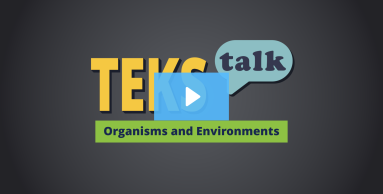
Knowledge and Skills Statement
Organisms and environments. The student knows that organisms have an organizational structure and variations can influence survival of populations.
Supporting Information
Research
Wolpert, L. “Evolution of the Cell Theory.” Philosophical Transactions: Biological Sciences 349, no. 1329 (September 1995): 227–233. http://www.jstor.org/stable/56216.
Summary: Evolution of the Cell Theory gives a detailed account of how the cell theory evolved over time and the scientists that contributed to the theory we know today.
